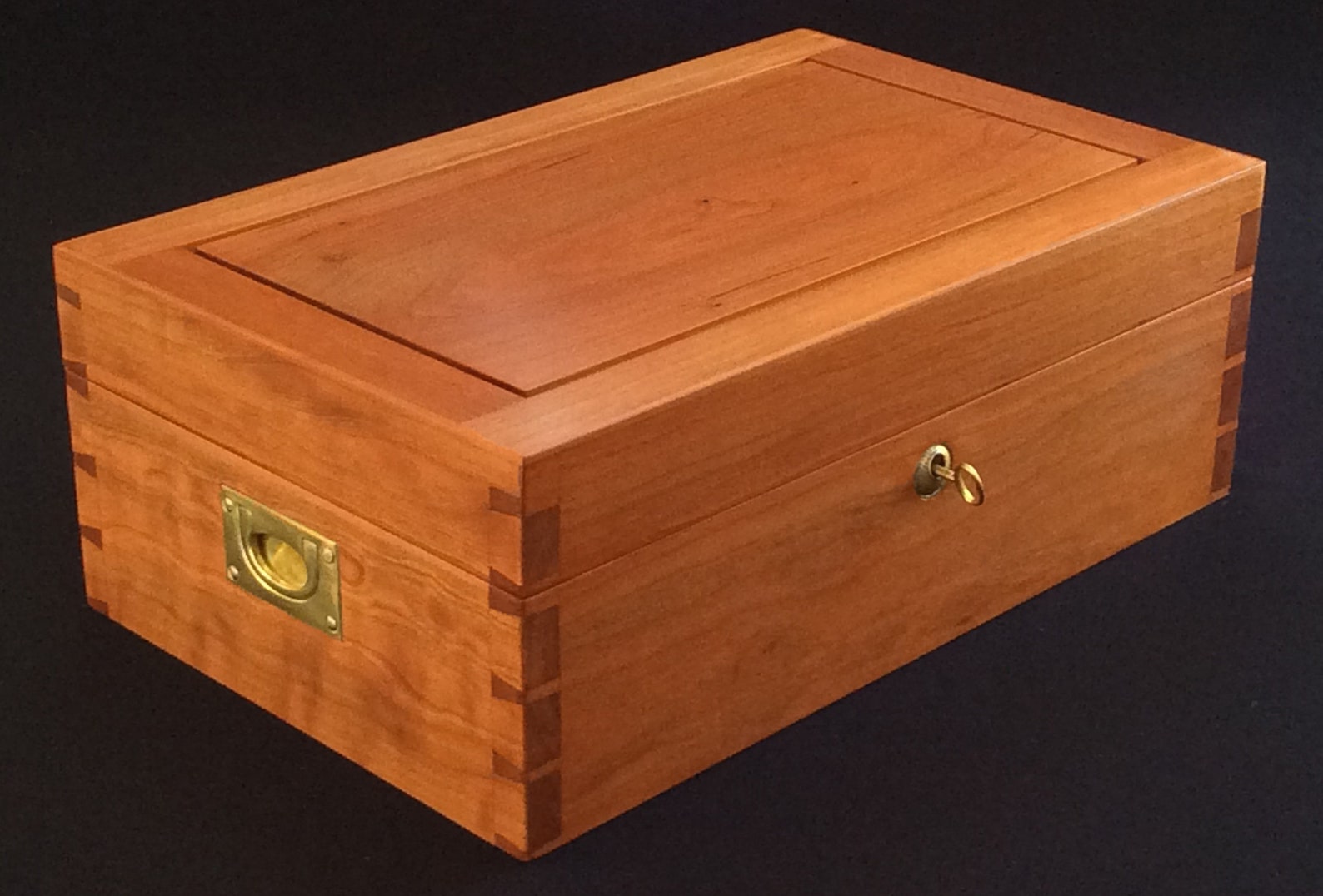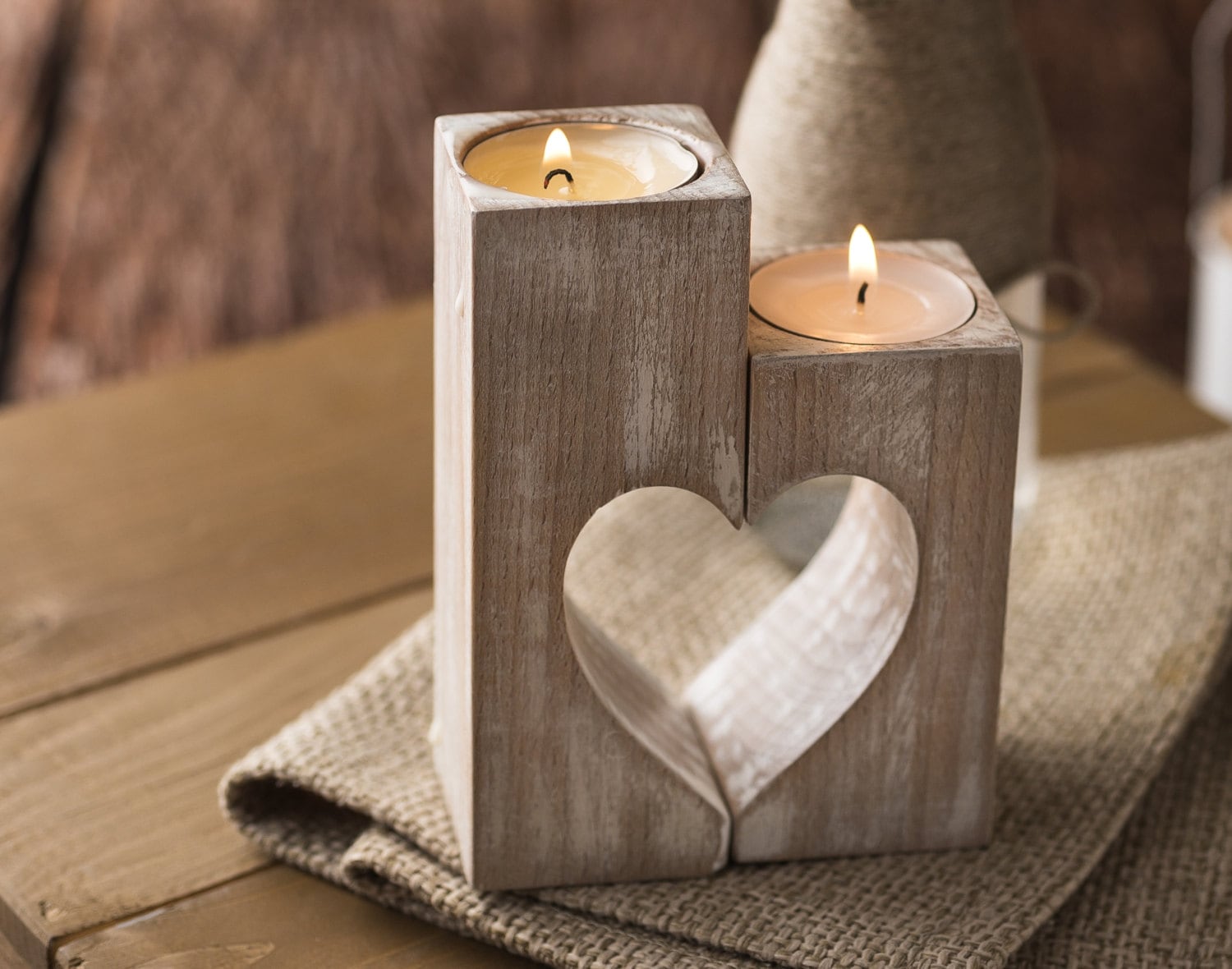

A plant stand is the perfect way to add a touch of greenery and style to your home. It elevates your plants, making them a focal point and showcasing their beauty. Instead of buying a pre-made one, why not build your own? This DIY project is fun, rewarding, and allows for personalized customization.
Here's what you'll need:
Materials:
Wood: Choose your preferred type, such as pine, cedar, or plywood.
Screws: Use screws that are appropriate for the thickness of your wood.
Wood glue: For added stability.
Sandpaper: To smooth the edges and finish the surface.
Paint or stain: To give your plant stand a finished look (optional).
Hardware: Depending on the design, you might need brackets, hinges, wheels, or other hardware.
Tools:
Saw: Circular saw, jigsaw, or handsaw for cutting wood.
Drill: For drilling pilot holes and attaching screws.
Measuring tape: For precise measurements.
Pencil: For marking the wood.
Clamps: To hold the wood in place while assembling.
Level: To ensure the stand is straight.
Safety glasses: To protect your eyes.
Design Ideas:
Simple Ladder Stand: A classic design that is easy to build and provides multiple levels.
Tiered Shelf Stand: Creates a cascading display of plants with multiple shelves.
Rustic Farmhouse Style: Use reclaimed wood or distressed finishes for a charming, country look.
Mid-Century Modern: Clean lines and simple shapes create a sleek, modern aesthetic.
Wall-Mounted Stand: Save floor space with a wall-mounted design.
Building Instructions:
1. Design and Plan: Choose your design, make a sketch, and list the necessary materials and dimensions.
2. Cut the Wood: Using your saw, cut the wood to the desired lengths and shapes according to your design.
3. Sand the Wood: Smooth all the edges and surfaces using sandpaper.
4. Assemble the Pieces: Join the pieces together using wood glue and screws. Make sure everything is level and secure.
5. Finishing Touches: Sand the entire stand once more and apply paint, stain, or a sealant to protect the wood and create a beautiful finish.
6. Add Hardware: Attach any additional hardware like brackets, wheels, or hinges.
Tips:
Choose durable wood: Select a wood that is strong and resistant to moisture for longevity.
Pre-drill holes: This prevents wood from splitting when attaching screws.
Use clamps: Keep pieces securely in place while assembling to avoid warping.
Sand thoroughly: Smooth surfaces are essential for a beautiful finish.
Test the weight capacity: Ensure your stand can support the weight of your plants.
With a little creativity and effort, you can build a stunning DIY wooden plant stand that complements your home decor and showcases your beautiful plants.














